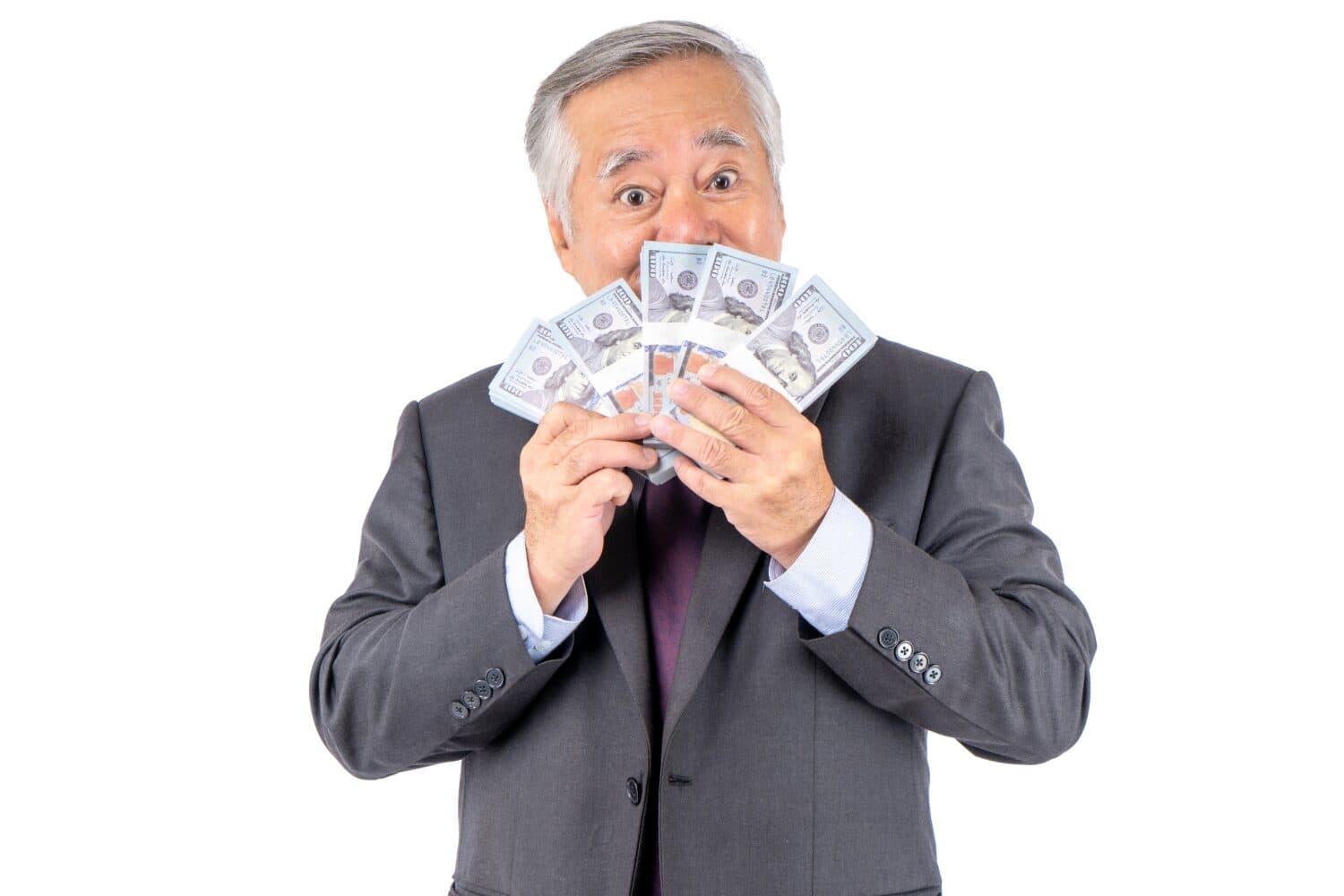
The AARP estimates that one out of seven retired people 65 and older depends on Social Security for almost all of their income. If that’s you, we understand it’s especially important to you to know what date to expect your Social Security benefit payment. We did some homework at the Social Security Administration and the AARP to bring you the information you need for your June payments.
A Little About the SSA

The United States Social Security Administration administers Social Security, the nation’s social insurance program that provides benefits for retirees and their survivors when they pass away, for people with disabilities, and additional supplemental income for those who struggle the most. It’s the government’s biggest program, costing about $1.24 trillion a year.
Social Security Funding and Spending

Where does all that money come from, and where does it go? Most of it comes from payroll withholding from workers’ salaries, which is matched by their employers. Surplus Social Security funds are invested in special U.S. government securities, and the interest from these also supports the program. 99% of the funds pay out benefits to the 70.6 million people who are currently drawing benefits. On average, Social Security pays about $1,767 a month, depending on how much the individual paid into it over their working career and what age they began drawing benefits.
What Benefits Are Available?

The Social Security Administration handles four different benefits. Keep in mind these will not start automatically for you; you have to apply for them.
- Retirement – You can start drawing retirement benefits as early as 62 and as late as 70. Retiring earlier means your benefit checks will be smaller.
- Social Security Disability Insurance (SSDI) – If you are unable to work for a year or more because of a disability, you may be able to receive disability benefit payments. This requires that for at least 5 of the past 10 years, you have paid into the Social Security system.
- Survivors benefits – Depending on the composition of your household, you may be able to draw benefits based on the taxes a deceased spouse or parent paid into the system.
- Supplemental Security Income (SSI). This benefit is available to people of any age with a disability and for adults who are 65 or older and have a very limited income. It helps pay for basic necessities such as food, housing, medicine, clothing, etc.
Benefit Payment Dates for June 2024

You might want to bookmark the URL for the Schedule of Social Security Benefit Payments 2024. It has all the payment dates for various benefit types for the year. If your check doesn’t arrive or isn’t automatically deposited by the expected date, don’t panic. Check with your bank to see if they have a delay on their side in posting the deposit. If that’s not the problem, wait three days before you contact the Social Security Administration.
Retirement and Disability Payments
Retirement and disability benefits are paid on three different days during the month based on the birthday of the beneficiary. For survivors benefits, the payment date is determined from the deceased’s birth date.
- June 12: Beneficiaries born between the 1st and the 10th
- June 18: Beneficiaries born between the 11th and 20th. This is being paid one day earlier than usual because the 19th is Juneteenth, a Federal holiday.
- June 26: Beneficiaries born between the 21st and the 31st
Retirement Benefit – Special Circumstances
There’s a different retirement benefit payment date for you under any of these circumstances:
- You started drawing benefits before May 1997
- You are receiving both Social Security and Supplemental Security Income
- You live abroad
- You are enrolled in a Medicare Savings Program
In any of these cases, your retirement benefit is paid on the 3rd of the month. These should have already gone out this month on June 3.
Supplemental Security Income (SSI) Payments
Typically, SSI checks go out on the 1st of each month. However, if the 1st is a Saturday or Sunday, payments go out on the preceding Friday. This is the case in June 2024; the first of the month was a Saturday, so the June SSI checks went out on May 31.
Why Is Social Security Paid This Way?

In June of 1997, the SSA decided to start paying benefits on a staggered schedule because sending all the payments out on the 3rd day of every month to tens of millions of Americans had become increasingly difficult. The 3rd of the month was retained as the payment date for everyone who had already started drawing benefits before May 1, 1997.
Another change happened in 2011 when the SSA began phasing out sending paper checks. In 2013, they began requiring all new applicants to receive payments by direct deposit to their bank accounts or through a DirectExpress debit card.
What If the SSA Makes a Mistake?

The Social Security Administration doesn’t claim to be perfect . . . only almost perfect! The SSA claims a 99.9 % accuracy rate in payments, meaning only 1 in a thousand retiree’s benefits are miscalculated. Nevertheless, this meant in the 2022 fiscal year they made overpayments of $11.1 billion and underpayments of $2.5 billion.
Mistakes can happen through an error in computing your benefit amount, through the beneficiary providing inadequate or inaccurate information to the SSA about their circumstances, or if an appeal is in process, in which case the incorrect amount will continue to be paid each month until a decision is made on the appeal.
How Can You Get Benefit Mistakes Corrected?

If you think your benefit amount is incorrect, contact the Social Security Administration at (800) 772-1213 or schedule an appointment at your nearest Social Security office. You can correct benefit mistakes only within a time limit of 3 years, 3 months, and 15 days after the tax year when the mistake occurred. The Social Security Administration provides a helpful guide to correcting mistakes. Here are a few highlights to keep in mind:
Overpayments

The SSA may collect overpayments by withholding up to 10% of your benefits in the following months or garnishing wages or income tax refunds until it is all repaid. You can also set up a repayment plan that can last up to 5 years. If you can demonstrate the overpayment was not your fault or you cannot possibly afford to repay it, you may attempt to get a waiver of the entire debt by filing Form SSA-632.
Underpayments

A common reason for Social Security benefit underpayments is that the SSA does not have accurate records of your earnings history or other circumstances. You can set up a My Social Security account at the SSA website and review your earnings record for mistakes. Before you visit your SSA office, get together W-2 forms, tax returns, and/or pay stubs to prove your earnings.
Although working through these types of issues in a large bureaucracy can be frustrating at times, it is well worth your effort to pursue the benefits you’ve earned patiently and persistently until it’s right. Remember, this is not a “handout” but the hard-earned fruit of a lifetime of your labor.
The Average American Has No Idea How Much Money You Can Make Today (Sponsor)
The last few years made people forget how much banks and CD’s can pay. Meanwhile, interest rates have spiked and many can afford to pay you much more, but most are keeping yields low and hoping you won’t notice.
But there is good news. To win qualified customers, some accounts are paying almost 10x the national average! That’s an incredible way to keep your money safe and earn more at the same time. Our top pick for high yield savings accounts includes other benefits as well. You can earn up to 3.80% with a Checking & Savings Account today Sign up and get up to $300 with direct deposit. No account fees. FDIC Insured.
Click here to see how much more you could be earning on your savings today. It takes just a few minutes to open an account to make your money work for you.
Our top pick for high yield savings accounts includes other benefits as well. You can earn up to 4.00% with a Checking & Savings Account from Sofi. Sign up and get up to $300 with direct deposit. No account fees. FDIC Insured.
Thank you for reading! Have some feedback for us?
Contact the 24/7 Wall St. editorial team.

